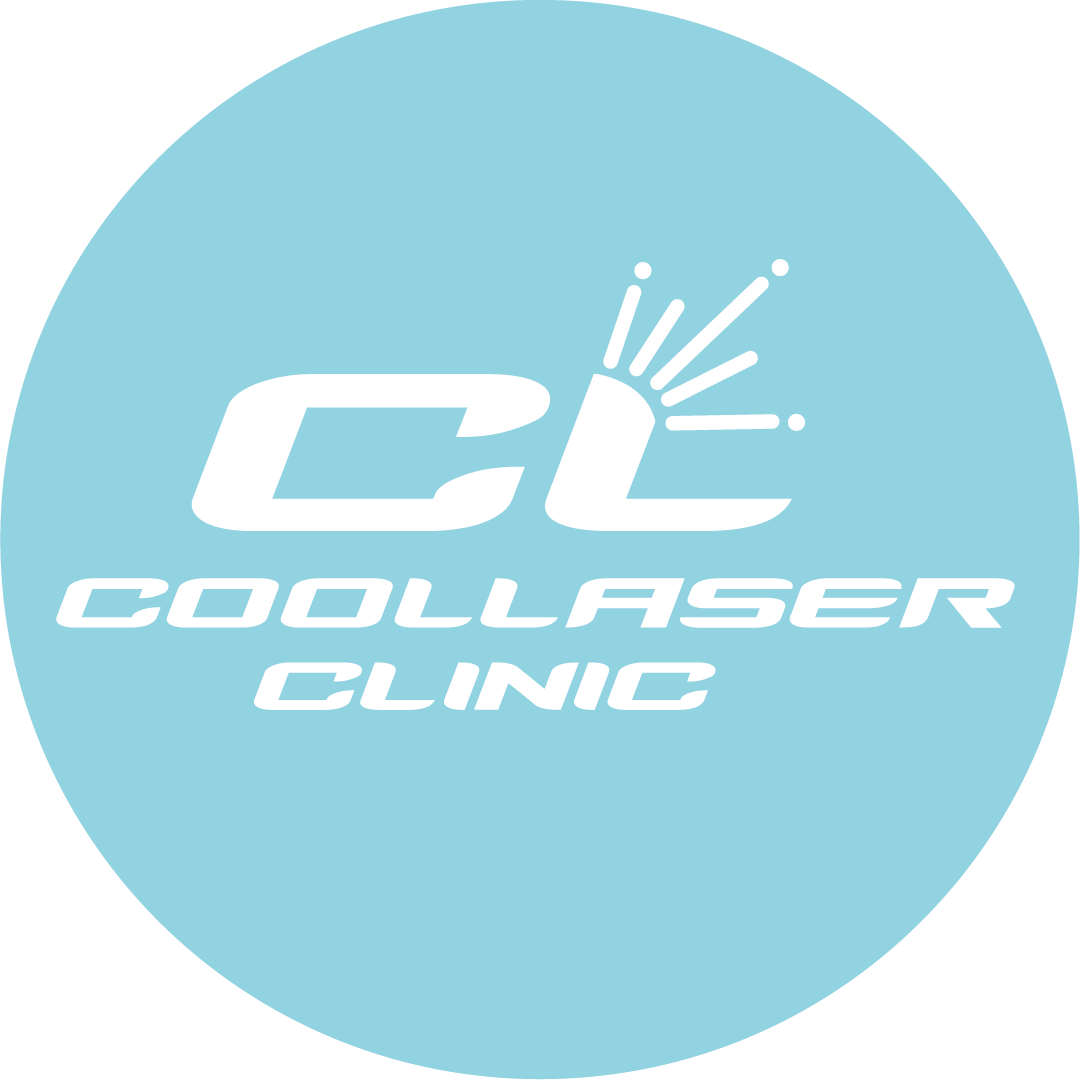Treatment of Autism with stem cells in Kiev
Autism stem cell treatment at Coolaser Clinic has been successful for several years. For many families, finding effective treatments has become a priority. In this article we will look at how Coolaser Clinic uses stem cells in the treatment of autism.

Table of Contents
- Treatment of Autism with stem cells in Kiev
- Autism – what is it?
- Standard treatments for autism
- Stem cell therapy as an innovative treatment method
- Symptoms of Autism a
- Stem Cells for the Treatment of Autism: Concept and Application
- Success Stories and Patient Testimonials
- The Importance of an Integrated Approach
- Frequently Asked Questions FAQ
- Contraindications
- How much does it cost to treat Autism A with stem cells
Autism – what is it?
What is Autism: Autism is a neurodevelopmental disorder of brain function characterized by impairments in social interaction, communication, and behavior.
Forms of Autism in children and adults
Subspecies of pediatric and adult autism have their own codes and are conventionally categorized into:
- Classical autism (Kanner syndrome) ;
- Asperger’s syndrome;
- Non-specific pervasive developmental disorder (atypical autism);
- Rett syndrome;
- Childhood disintegrative disorder;
- Pervasive nonspecific disorders.
Treatment methods can be roughly divided into two categories: Standard and Innovative.
Current standard treatments for autism are limited and do not always produce the expected results.

Standard treatments for autism
Behavioral therapy
Behavioral therapy is one of the main treatments for autism. It involves the use of techniques and strategies to improve social interaction, communication and self-control. Behavior analysis, positive reinforcement and skill development are important components of this therapy.

Speech and sensory therapy
For patients with autism who have problems with oral language development and sensory sensitivity, these therapies can be very effective. They promote speech development, improve articulation and reduce sensitivity to stimuli.
Medical treatment
Medication can be used to manage some symptoms of autism, such as anxiety, aggression or ritualistic behavior. Doctors may prescribe certain medications to improve the quality of life of patients, but this should be carried out under strict medical supervision.
Skills training
For children and adults with autism, skills training is an important part of treatment. This may include developing self-care skills, learning at school or an educational institution, and learning the social skills needed to interact more successfully in the community.
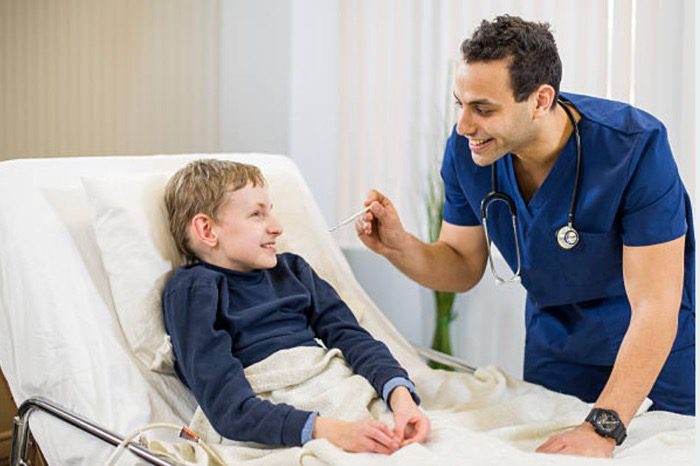
Stem cell therapy as an innovative treatment method
Modern regenerative medicine shows great potential for the use of stem cells in the treatment of autism. This method is being actively researched and may in the future provide new opportunities to improve the quality of life of patients.
A brief table of autism treatments with their benefits:
| Treatment method. | Benefits. |
| Behavioral therapy | ▶ Improved social interaction ▶ Development of self-control skills ▶ Positive reinforcement of results |
| Speech and sensory therapy | ▶ Development of oral speech ▶ Improvement of articulation ▶ Reduction of sensitivity to sensory stimuli |
| Medical treatment | ▶ Managing anxiety and aggression ▶ Reducing ritualistic behavior ▶ Improving quality of life |
| Skills training | ▶ Development of self-care skills ▶ Successful adaptation in educational institutions ▶ Improved social skills |
| Stem cell therapy | ▶ Research potential ▶ New treatment options ▶ Improved quality of life immediately and in the long term |
It is important to note that each patient is unique and treatment should be tailored to their individual needs and characteristics. A combined approach involving multiple modalities may be most effective in achieving positive results in the treatment of autism.
Symptoms of Autisma
Because ASD is a complex neurodevelopmental disorder of the brain that manifests with a variety of symptoms, understanding and recognizing these symptoms plays a major role in diagnosis and treatment. Here is a more detailed description of the symptoms of this disorder:
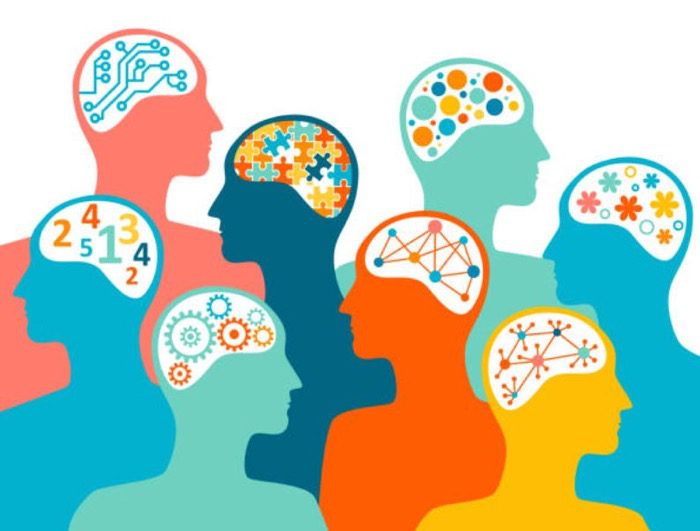
Social interaction disorders
One of the key features of autism is an impaired ability to interact socially. Patients with autism may have difficulty establishing and maintaining contact with others. They may avoid eye contact, fail to understand non-verbal cues such as facial expressions and gestures, and show limited interest in others.
Communication problems
Children and adults with autism may have problems developing communication skills. They may start speaking late or not develop oral language at all. Even when they do speak, their speech may be monotone and detached. This can create difficulties in understanding and interacting with others.
Rehearsal behavior
Another characteristic of autism is repetitive and stereotyped behavior. Patients may perform the same activity or movement repeatedly despite having no apparent purpose or meaning. For example, this may include hand waving, repetition of the same words or phrases, and resistance to routines and schedules.
Limited interests and activities
People with autism often exhibit restricted interests and engage in behaviors that seem involuntary and unproductive. They may delve into narrow areas of interest, often related to numbers, patterns or mechanical devices. This can lead to limited communication and social adaptation, and impaired perception of the environment.
Understanding these symptoms helps early diagnosis and initiation of treatment for autism. Accurate and timely intervention can significantly improve patients’ quality of life, normalize the nervous system and help them develop and interact in society.
Important About Autism.
Medical science knows the following facts about the disease:
- Autism begins in early childhood and has a long-term impact on patients’ lives.
- The exact causes of autism are still not fully understood.
- Effective treatments for autism are the subject of active research.
Stem Cells for the Treatment of Autism: Concept and Application
What stem cells are and how they can help autism:
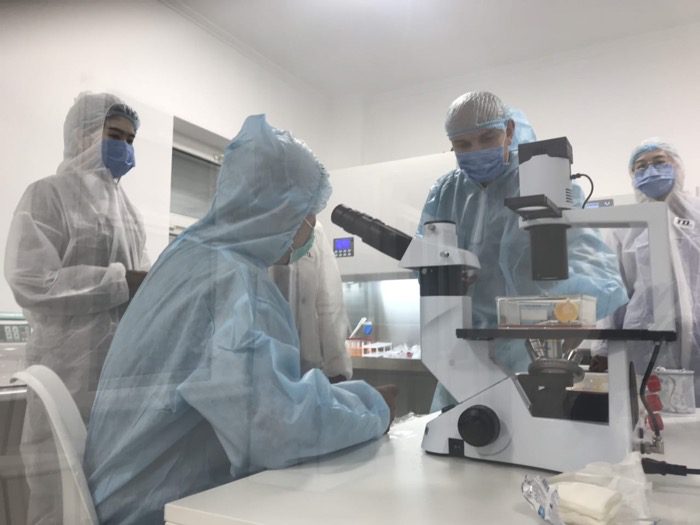
Stem cells are unique cells that have the ability to transform into different types of tissues and organs in the human body. They are a kind of “immature” cells capable of differentiating into various specialized cells necessary for the normal functioning of organs and body systems. This unique ability of stem cells makes them a valuable tool in medical research for regenerative medicine and the treatment of various diseases, including autism.
Stem cell transplants in autism show their potential for treatment. The basic idea is that stem cells can be used to repair and regenerate damaged areas of the brain responsible for social interaction, communication and behavior. This may help to improve the symptoms of autism and improve the patient’s quality of life.
Coolaser Clinic Treatment Methodology
Coolaser Clinic is a medical center that provides innovative stem cell treatments for autism. The doctors and specialists at Coolaser Clinic follow a high standard of quality and provide patients with a personalized approach to treatment.
How Coolaser Clinic uses stem cells to treat autism
Coolaser Clinic is actively utilizing the potential of stem cell transplantation to effectively treat autism. This occurs as follows:

- Specialists in the clinic conduct a preliminary assessment of the patient’s condition and determine whether the use of cellular preparations is appropriate in this particular case.
- If mesenchymal stem cells are considered as a potential treatment option, a procedure is performed to extract stem cells from appropriate sources (e.g. adipose tissue or bone marrow). In some cases, donor cord blood stem cells may be used. Umbilical cord blood as a source of donor cells is most often used in cases of elderly patients.
- Then, the extracted stem cells are mass scaled, selectively processed and prepared for injection.
- After that, specialists inject the stem cells into the patient’s body, usually through injections or infusions.
- Patient follow-up and evaluation of treatment outcomes should follow.
Benefits of using stem cells in the treatment of autism:
- Improved communication: One of the main symptoms of autism is impaired communication. Stem cells can help regenerate areas of the brain responsible for processing social cues and improving communication skills in patients.
- Social interaction: Stem cells may help improve the ability of autistic patients to have more successful social interactions, a key aspect of daily life.
- Behavior: Stem cell therapy can help reduce stereotypical and rehearsal behaviors, which is also one of the characteristic symptoms of autism.
Success Stories and Patient Testimonials

Success story 1: Ivan, 10 years old
Ivan was diagnosed with autism at an early age and his family was looking for ways to improve his quality of life. After consulting with the doctors at Coolaser Clinic, the decision was made to pursue stem cell treatment. After several months of treatment, Ivan began to show noticeable improvements. He became more active and outgoing, began to develop social skills, and his parents noticed a decrease in repetitive behaviors. Ivan’s family expressed their immense gratitude to Coolaser Clinic for helping to improve their son’s life.
Success Story 2: Anna, 25 years old
Anna faced the challenge of autism as an adult and had severe difficulty communicating and adapting in society. She contacted Coolaser Clinic where a customized stem cell treatment plan was developed. After completing her treatment, Anna became more confident, improved her social skills and even found a job. Her story is an example that even adult patients with autism can achieve remarkable results through stem cell treatment.
Review of Autism Treatment: Ekaterina, mother of a patient
“My son was diagnosed with autism at an early age and we were desperate. After contacting Coolaser Clinic and beginning stem cell treatment, we have seen incredible changes. Our son has become more outgoing and active, his academic performance has improved, and he has even started participating in sports. We can’t say thank you enough for the help we have received here.”
These real success stories about autism treatment. Rviews confirm the potential of using stem cells and demonstrate the positive impact it has on the quality of life of patients and their families.
The Importance of an Integrated Approach
Autism is a complex neurodevelopmental disorder, and the treatment of this condition requires a comprehensive approach that includes several aspects. The importance of such an integrated approach cannot be overemphasized. In this section, we examine the role of an integrated approach in the treatment of autism and the interaction of regenerative medicine with other treatment modalities.
The role of a comprehensive approach in the treatment of autism
- Psychological support: Autism is often accompanied by emotional and psychological difficulties for both patients and their families. Psychological support is important to help manage the emotional stresses, anxiety and depression that can arise during the treatment and care of patients.
- Rehabilitation: Rehabilitation techniques can help patients with autism develop self-care skills, learn in school and community settings, and improve social interaction skills. Rehabilitation complements stem cell therapy to maximize patients’ independence and quality of life.
Stem cell therapy interactions with other therapies
- Combined Action: Stem cell therapy can be successfully integrated with other treatments such as behavioral therapy, speech therapy, and medication. Integrated treatment can enhance the positive effects and help achieve more noticeable results.
- An individualized approach: Every autistic patient is unique, and a comprehensive approach allows us to create individualized treatment plans tailored to their characteristics and needs. This allows for the most effective use of stem cells in combination with other modalities.
A comprehensive approach in the treatment of autism, including stem cell therapy, psychological support and rehabilitation, allows the best conditions for improving the quality of life of patients and achieving positive results in the fight against this neurodevelopmental disorder.
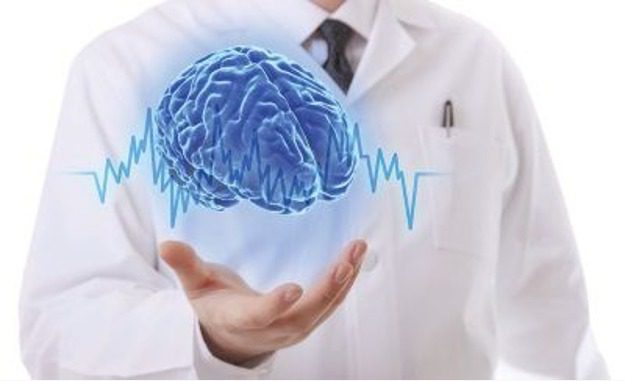
Frequently Asked Questions FAQ
Q1: What is pediatric autism? A1: Autism in children is a neurodevelopmental disorder that manifests itself in difficulties in social interaction, communication, and behavior.
Q2: What are the subgroups of autism spectrum disorder in children? A2: Autism spectrum disorder in children includes several subgroups, including subgroup “a” as well as others.
Q3: What is childhood disability and what diseases are included in the list of childhood disabilities in Ukraine? A3: Child disability is a status assigned to children with disabilities. The list of diseases in Ukraine included in child disability includes various conditions, including autism.
Q4: How much is paid for autism-related disability? A4: The amount of autism-related disability payments can vary depending on a number of factors, including the degree of limitation and region.
Q5: How does stem cell treatment for autism occur? A5: Autism stem cell treatment involves the procedure of isolating stem cells from appropriate sources and injecting them into the patient’s body to improve the symptoms of autism.
Q6: Can people with autism have children? A6: Yes, autistic people can have children because autism is not necessarily inherited and does not interfere with reproductive functions.
Q7: How is autism transmitted? A7: Transmission of autism often has a genetic basis, but the exact mechanisms of transmission are still being studied
Q8: What are some other treatments for autism besides stem cell therapy? A8: In addition to stem cell therapy, there are other ways to treat autism, such as behavioral therapy, speech therapy, and medication.Q8: What are some other treatments for autism besides stem cell therapy? A8: In addition to stem cell therapy, there are other ways to treat autism, such as behavioral therapy, speech therapy, and medication.
Q9: What are the prospects for stem cell therapy for autism? A9: The prospects for stem cell treatment of autism are encouraging and continue to be actively researched to develop more effective therapies.
Q10: What is autism and what symptoms in children may indicate this disorder? A10: Autism is a neurodevelopmental disorder characterized by impairments in social interaction, communication, and behavior. Symptoms in children may include restricted interests, impaired communication, and repetitive behaviors.
Q11: What are the main signs of autism in children? A11: The main signs of autism in children may include difficulties in communication, impairments in language and speech development, and repetitive
Q12: What are the main signs of autism in children? A12: Repetitive behaviors such as repeating the same actions many times or fascination with certain objects. Children with autism may also show sensitivity to sounds, light or textures.
Q13: What benefits can patients get from stem cell treatment for autism? A13: Autism stem cell treatment can improve patients’ communication, social interaction and behavior, which can significantly improve their quality of life.
Q14: What are the prospects for stem cell treatment for autism? A14: The outlook for stem cell treatment for autism is encouraging, as it is an actively researched area of medicine that may bring new treatment methods and outcomes.
Q15: How important is comprehensive support in the treatment of autism? A15: Comprehensive support, including psychological support and rehabilitation, plays an important role in the successful treatment of autism, helping patients and their families cope with this complex condition.
Q16: Can children with autism give birth to healthy children? A16: Children with autism can have healthy children because autism is not always inherited and does not affect reproduction.
Q17: What methods of autism transmission exist? A17: Transmission of autism often has a genetic basis, but the exact mechanisms of transmission are being studied. It can be either hereditary or non-hereditary.
Q18: What should I do if my child shows signs of autism? A18: If a child shows signs of autism, it is important to see a specialist for diagnosis and to develop an individualized treatment and support plan
Q19: What rehabilitation methods are used for children with autism? A19: A variety of rehabilitation methods are used for children with autism, including speech therapy, psychological support and social skills training.
Q20: What advice can be given to parents of children with autism? A20: Parents of children with autism are advised to seek professional help, actively participate in the treatment process and support their children in their efforts to overcome their difficulties
Q21: Can autism be inherited from the father? A6: Research conducted at Cold Spring Harbor Laboratory (USA) suggests that in some cases ASD is inherited from the father and genetic contribution from the father may play a more significant role in the onset of autism spectrum disorders (ASD). This means that the genetic factor related to the father’s gene may be one of the important aspects in the development of RAS
Contraindications
Stem cell therapy for autism can provide many potential benefits, but it is also important to consider contraindications that may influence the decision to pursue this therapy. Contraindications may include:
- Allergic Reactions: Patients who are prone to allergies to stem cell components or medications used during treatment may experience allergic reactions.
- Immune system conditions: A weakened immune system can affect the effectiveness of stem cell therapy and increase the risk of infections.
- Oncologic Diseases: Patients with cancer or a predisposition to cancer may have an increased risk of developing cancer with stem cell treatment.
- Circulatory Problems: Some circulatory-related conditions may worsen with stem cell therapy.
- Psychiatric disorders: Patients with serious psychiatric disorders may require further evaluation and treatment approach.
- Pregnancy: In pregnant women, stem cell treatment can potentially harm the developing fetus, so it is important to carefully assess the risks and benefits.
- Age: The age of the patient may also play a role in the decision to pursue stem cell treatment.
Before starting stem cell therapy, it is important to conduct a thorough medical evaluation and consultation with specialists in order to take into account all contraindications and make an informed decision about the possibility of this type of therapy.
How much does it cost to treat Autism A with stem cells
The price of autism treatment depends on the age of the patient, the amount of cellular preparation and the number of injections. In any case, the treatment plan is agreed upon with the attending physician and the patient or his/her parents.
Calculate the cost of the operation “Autism Stem Cell Treatment”
Leave your details and we will contact you for an accurate surgery estimate

If you or a loved one is suspected of having autism or is considering stem cell therapy, it is important to seek qualified medical professionals. Consultation with experts in the field will allow for a detailed assessment of the patient’s condition, taking into account individual characteristics and needs, and determining whether or not there are contraindications.
Every case of autism is unique, and the choice of the best treatment method should be based on the individual characteristics of the patient. Specialists will help you make an informed decision about the possibility of using stem cells in your treatment and provide you with all the information you need to make a decision.
Don’t delay in seeking a consultation at Coolaser Clinic, as early detection and treatment of autism can significantly improve a patient’s prognosis and quality of life.
Sources:
Specialists in the procedure
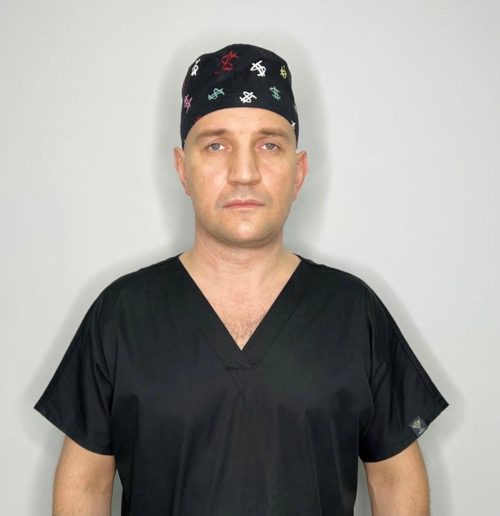
Kovalchuk Andrey
Associate Professor, surgeon, biotechnologist
Useful articles

What is Asperger’s syndrome? Asperger’s syndrome is a form of autism that can significantly affect a person’s life It is often referred to as “high-functioning autism.” People with this disorder […]

Average prices of stem cell treatments in different countries The prices of stem cell treatments for various diseases are becoming more and more interesting as medical tourism is gaining popularity […]

Artificial organs grown using cellular material – Top 6 shocking cellular medicine news stories Stem cells: an eye in a cup and an ear in a hand and many other […]

Optic atrophy treatment with stem cells in Kiev Optic atrophy treatment with optic stem cells is one of the most effective ways of vision correction. Complete or partial atrophy of […]
Reviews
